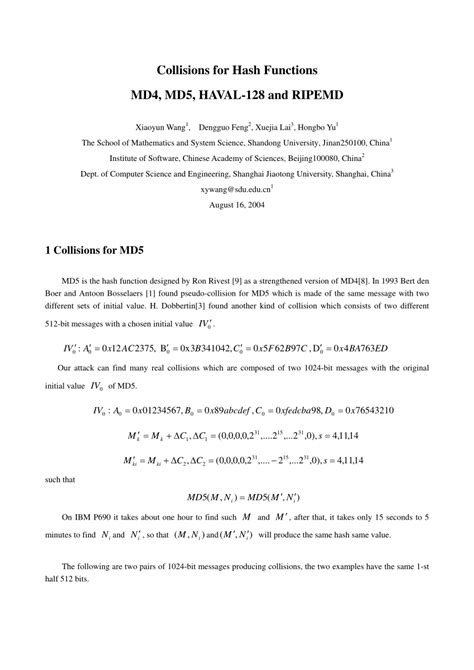Understanding Binance API Endpoints: A Guide to Further Explanation
As a user of the Binance API, you’re likely familiar with its various endpoints and features, but perhaps there’s still confusion or unanswered questions about how they work. In this article, we’ll delve into some of the lesser-known aspects of the Binance API, providing further explanation for common endpoints.
Authentication and Authorization
Before diving into the endpoint specifics, it’s essential to understand the authentication and authorization mechanisms behind the Binance API. The API uses OAuth 2.0 for authentication, which involves:
- Client ID and Secret: Clients (e.g., apps) obtain a client ID and secret from the Binance Developer Portal.
- Authorization Code: Upon login, clients receive an authorization code, which is exchanged for an access token.
- Access Token: The access token grants API access on behalf of the client.
Endpoints related to authentication and authorization include:
GET /account: Retrieves a user’s account information
POST /account/login: Authenticates a client using OAuth 2.0
POST /account/register: Creates a new user account
Order Management
The Binance API provides endpoints for managing orders, including creating and canceling them:
GET /orders: Retrieves a list of open orders
GET /openOrders: Retrieves an order by ID or using pagination
POST /placeOrder: Places a new order (buy or sell)
PUT /order/{id}: Updates an existing order
Endpoints for canceling orders include:
GET /cancelOpenOrders: Cancels open orders
PUT /cancelOrder/{id}: Closes an order
Data Market
The Binance API offers endpoints to retrieve market data, including:
GET /api/v3/price: Retrieves the current price of a cryptocurrency
GET /api/v3/markets: Retrieves a list of available markets (e.g., crypto pairs)
GET /api/v3/depth/{market}: Retrieves depth chart data for a specific market
Endpoints for retrieving daily and hourly quotes include:
GET /api/v3/klines: Retrieves historical price bars
GET /api/v3/historicalKlines: Retrieves historical price bars using the day-by-day API rate limit
Trade Management
For users who want to trade, the Binance API provides endpoints for managing trades:
POST /placeOrder: Places a new order (buy or sell)
PUT /order/{id}: Updates an existing order
GET /order: Retrieves a list of open orders
Endpoints for canceling and closing orders include:
GET /cancelOpenOrders: Cancels open orders
PUT /cancelOrder/{id}: Closes an order
API Rate Limiting
The Binance API has rate limits to prevent abuse. It’s essential to understand these limits before making large-scale requests or using the API extensively.
- Request per minute

: 100,000 requests per minute
- Requests per second: 1,000 requests per second
Endpoints that exceed these limits will be throttled or return an error message.
Conclusion
In this article, we’ve covered some of the lesser-known aspects of the Binance API. By understanding authentication and authorization, order management, market data retrieval, trade management, and API rate limiting, you’ll become more proficient in navigating the Official Binance API Docs.
Remember to always follow best practices when using third-party APIs, including:
- Checking for rate limits
- Using pagination and limit headers
- Handling errors and exceptions
With this knowledge, you’ll be well-equipped to build robust applications that leverage the power of the Binance API.








